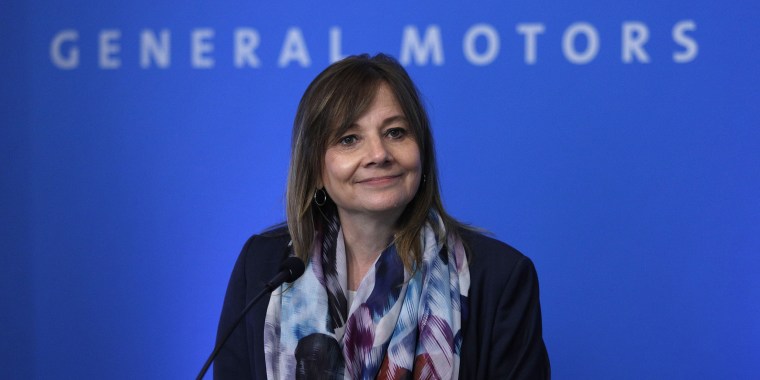A new study finds that 2018 was a watershed moment for female CEOs, who made up more than one in five of incoming chief executives last year.
The annual Women CEO Report from outplacement firm Challenger, Gray & Christmas found that, out of 1,183 companies that installed a new CEO last year, 264 of those — just over 22 percent — chose a woman to helm the company, compared with roughly 15 percent in 2014.
Last year, 175 women replaced male CEOs and 89 women replaced outgoing female CEOs. Men replaced female CEOs at 114 companies, and men replaced other men at the remaining 805 companies.
Women in the government and nonprofit sector made up the largest number of incoming CEOs. Last year, 100 — roughly 52 percent — of open chief executive slots were filled by women. Challenger’s research looked at U.S.-based companies with 10 or more employees that have been in business for at least two years.
“I think the #MeToo movement brought a lot of light to the issue that a very small percentage of CEOs are women,” said Andrew Challenger, vice president of the company that produced the report.
Eight CEOs were ousted last year over allegations of sexual misconduct. Six of those firms have named replacements, two of whom are women. In 2017, half of the eight replacement CEOs announced after sexual-misconduct-related departures were women.
The conversation about gender disparities in the workplace more broadly are increasingly visible on the global stage. At the World Economic Forum in Davos this week, ad agency president and CEO Richard Edelman characterized the predominant sentiment as, “I'm tired of the talk and I want to see delivery.”
"There is a gender gap and it is more frustration with what has been promised and not delivered and it's most true in the U.S. and in Germany,” he told CNBC, regarding #MeToo publicity, along with an ongoing under-representation of women among chief executives and persistent pay gaps in many fields. (Challenger’s survey found that the percentage of incoming CEOs in the media field last year tracked on par with the national average at 22 percent.)
“It’s an issue that’s been in the zeitgeist a lot,” Challenger said. “We’ve started to to see that reflected in a higher number of women CEOs.” He added that while legislation in some E.U. countries mandating quotas of women on corporate boards might not directly affect corporate America’s hiring practices, it raised visibility of the issue and added to the momentum of the conversation.
At the nation’s biggest companies, the gap between women and men in the C-suite remains pronounced. Fewer than 5 percent of Fortune 500 companies are helmed by women, and these companies actually saw a 25 percent drop in female CEOs last year.
According to a Pew Research Center analysis of S&P 500 companies, women made up just over 5 percent of CEOs in 2017 — a low figure, to be sure, but up significantly from the fewer than 3 percent of women in that role a decade earlier. Pew found that roughly 12 percent of S&P 500 CEOs, CFOs or other top-paid executives were women in 2017, up from slightly under 9 percent in 2007.
“Women certainly feel the pressure of discrimination,” Challenger said. “We hear often from female candidates in the job search that it’s something they’re concerned about.”
